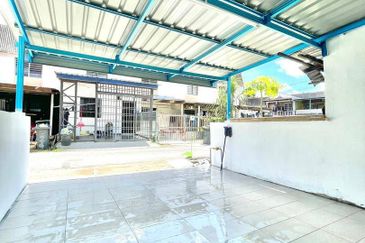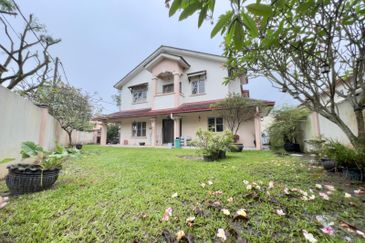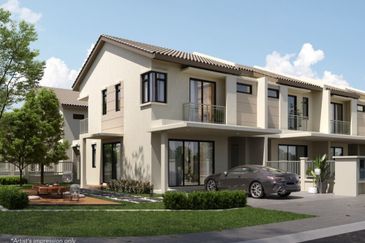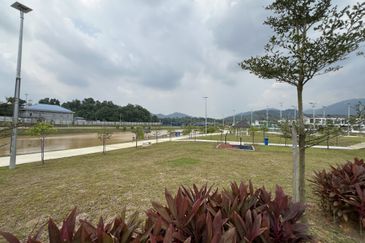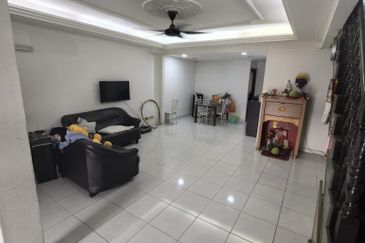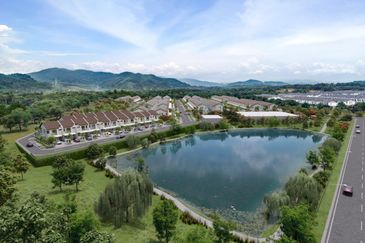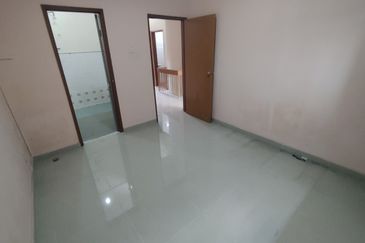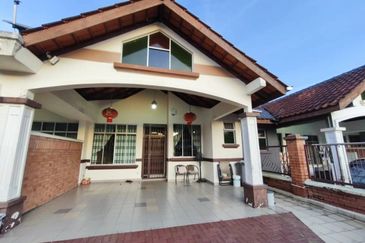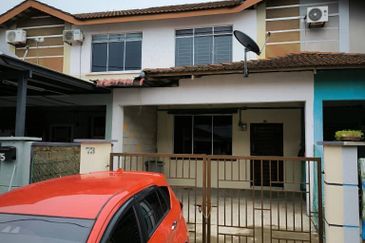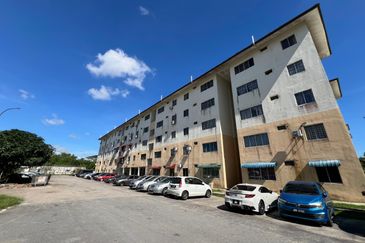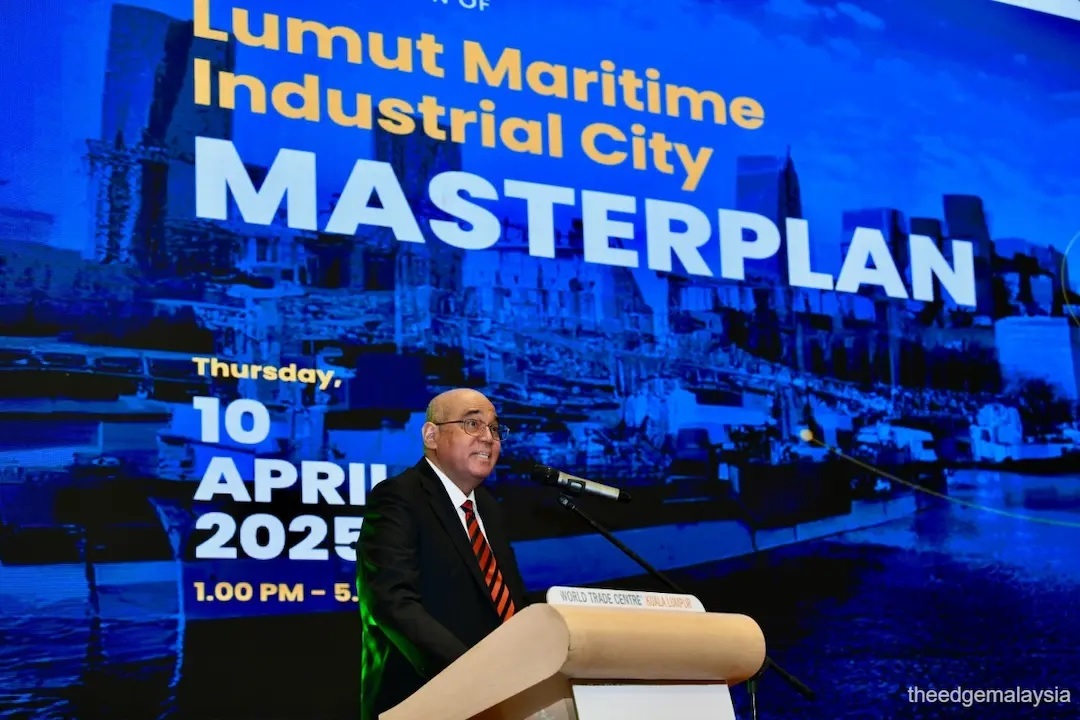
- The project, a joint venture with Belgium-based Port of Antwerp-Bruges International (PoABI), is designed to be a long-term, sustainable maritime and industrial hub that is centred on value-added and innovation-driven industries.
KUALA LUMPUR (April 10): The Lumut Maritime Industrial City (LuMIC) is expected to draw RM72 billion investments over 25 years, and infrastructure works are set to begin in 2026, with the first phase of the project targeted to start as early as 2030.
According to the Perak State Development Corporation (PKNPk), LuMIC will span 9,307ha along Perak's western coastline. The project, a joint venture with Belgium-based Port of Antwerp-Bruges International (PoABI), is designed to be a long-term, sustainable maritime and industrial hub that is centred on value-added and innovation-driven industries.
“This is not just a port — it is a maritime industrial development zone made up of multiple industrial sections. We are creating a future-proof economic cluster that complements, not competes with, existing gateways like Port Klang and Penang Port,” PKNPk chief executive officer Datuk Redza Rafiq Abdul Razak told a press conference here on Thursday.
PKNPk is in talks with both local and foreign industry players — particularly from Europe and Asia — to co-develop and finance the different components of LuMIC. These discussions are shaped around specific business cases and investor needs.
“We cannot disclose [potential investors] at this juncture. But with cooperation and support from all parties, including the federal government, we believe this is the right road map to pursue,” Redza Rafiq said.
Project funding
The project’s early-stage feasibility and spatial studies were funded by a €1.9 million (RM9.5 million) grant from the European Union (EU). The studies, conducted by PoABI and its partners, mapped out seven key industrial zones, designated as LuMIC 1 through LuMIC 7, each aligned with high-potential sectors such as green energy, ship recycling, marine engineering, and maritime 3D printing.
According to EU Ambassador to Malaysia Rafael Daerr, future funding support for the project's development could come from the EU via financial guarantees, loans, or additional grants — including potential involvement of the European Investment Bank (EIB).
“That decision has not been finalised, but the LuMIC project aligns with the EU’s goals under our Global Gateway strategy. It has the potential to become a high-standard, mutually beneficial gateway between Malaysia and Europe,” Daerr said.
PoABI director Mario Lieves added that discussions with the EIB are ongoing, and that project development will be guided by concrete business cases with defined public infrastructure needs.
“It is about working together with investors based on their requirements and investment commitments. The infrastructure will follow the scale and type of industries that are brought in — from warehouses to truck lanes and berths,” he explained.
Construction over 25 years; LuMIC 3 and LuMIC 6 identified for deep-sea industrial focus
LuMIC’s construction will be implemented in phases over the next 25 years, with each zone to be developed based on its risk profile, land readiness, and alignment with targeted industries, according to PKNPk.
PoABI’s spatial plan findings showed that LuMIC 3 and LuMIC 6 have been prioritised for early-stage development, due to their strategic deep-water access and lower environmental and social risks.
LuMIC 3 is earmarked for marine-related industries, including ship recycling, drydock turbine assembly, and marine engineering facilities — sectors that require proximity to deep-sea access points and specialised infrastructure. Meanwhile, LuMIC 6 is considered ideal for future green energy projects, particularly as Malaysia transitions away from coal and towards more sustainable fuels, Lieves noted.
“Our strategic advantage is in tailoring the infrastructure to specific industries, and creating clusters that serve long-term industrial and economic goals, particularly in Perak’s hinterland,” Redza Rafiq said.
Lieves echoed the view, saying, “It’s not about chasing container volume. There are already over one million containers going through Klang and Penang — we are not going after that. LuMIC is about creating value through industrial activity, job creation, and sustainable economic development.”
LuMIC is one of five regional growth nodes identified under the state’s Perak Sejahtera 2030 blueprint, with each zone aligned to distinct industrial strengths.
Lumut’s designation as a maritime and heavy industry hub complements the northern region’s focus on electrical and electronics, and the southern zone’s emphasis on automotive manufacturing via Proton City.
Want to have a more personalised and easier house hunting experience? Get the EdgeProp Malaysia App now.
TOP PICKS BY EDGEPROP
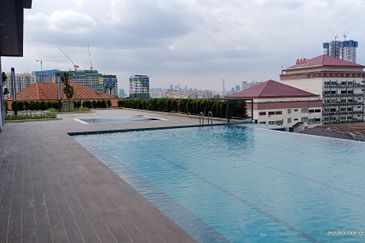
The Sky Residence @ Shamelin
Cheras, Kuala Lumpur
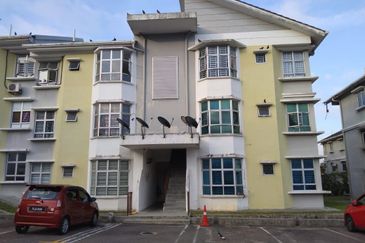
Vista Seri Alam, Bandar Baru Seri Alam
Masai, Johor
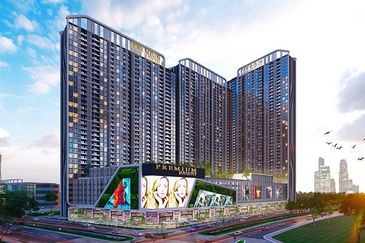
Premium Height @ Bandar Dato Onn
Johor Bahru, Johor
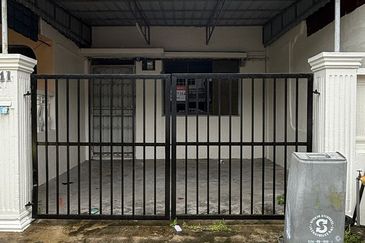
Bandar Baru Permas Jaya
Permas Jaya/Senibong, Johor
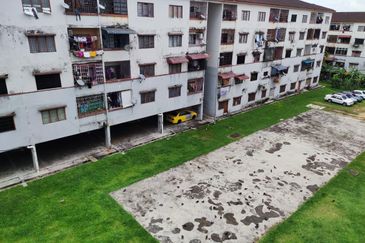
Flat Tasek 64, Bandar Baru Seri Alam
Masai, Johor
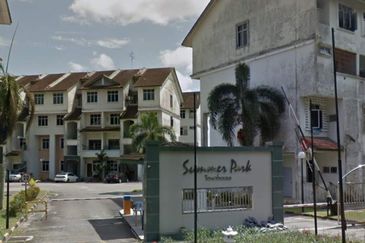
Summer Park Townhouse (Pangsapuri Alam Jaya), Bandar Baru Seri Alam
Masai, Johor

Pearl Suria
Jalan Klang Lama (Old Klang Road), Kuala Lumpur
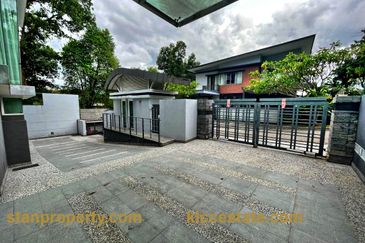
Country Heights Damansara
Country Heights Damansara, Kuala Lumpur
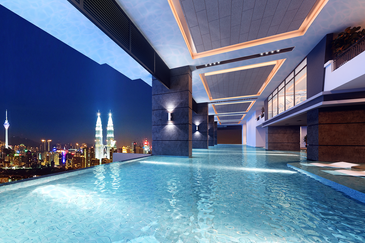
The Hipster @ Taman Desa
Taman Desa, Kuala Lumpur
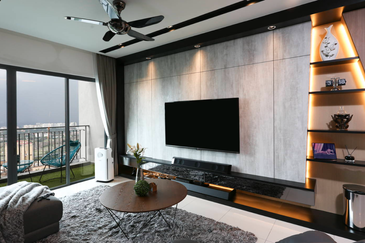
Subang Jaya City Centre (SJCC) : Teja
Subang Jaya, Selangor


